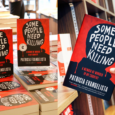July 26 is looking to be a bad day for commuters in Metro Manila, as the dispute between the LTFRB and ride hailing app providers like Grab will likely lead to a 90% reduction in transport capacity by these companies. That means the number of available cars could drop from around 56,000 to just over 5000, a massive decrease that will likely lead to many angry and frustrated users being unable to book rides. What looks like a disaster could also be a great opportunity, though. Instead of getting stuck in traffic, why not cycle to work? The idea is less crazy than you may think and if enough of us do it, we may even start something great!
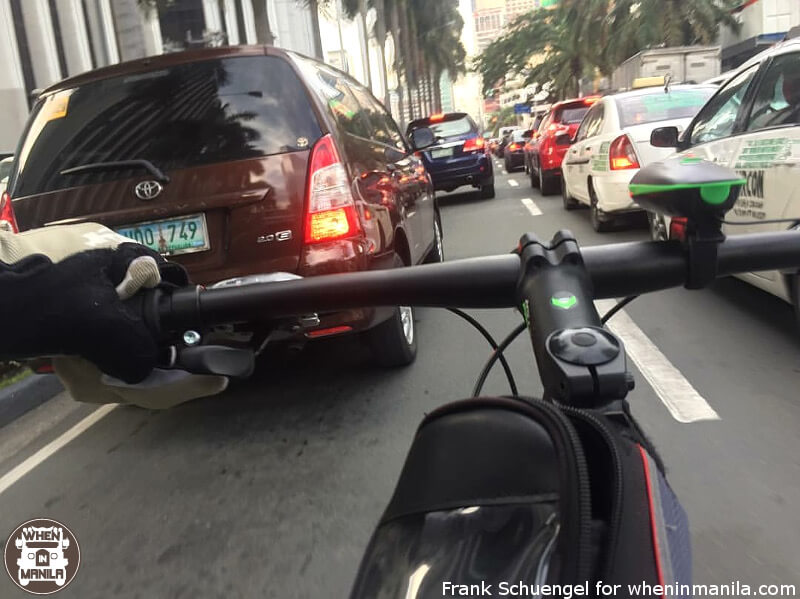
#GrUbergeddon is coming and July 26 is said to be the day when the ride hailing apps many of us are taking for granted will not work as smoothly as they do now. Instead of diving into the politics behind this whole mess, why not take this opportunity and try a new approach? Even without Grab and Uber there are already way too many cars on the roads here, and one way to reduce the number of vehicles is to get more people into cycling.
While using a bicycle to commute to and from work may sound like a non-starter at first, I believe now might be a great time to try and push exactly this option more, and not only focus on getting commuters to use bicycles, but also get HR and Admin departments in companies all across the Metro onboard with the idea. Many countries are actively encouraging their citizens to cycle more and there is no reason why the Philippines couldn’t rival the Netherlands or Denmark when it comes to the number of muscle powered steel horses populating the roads.
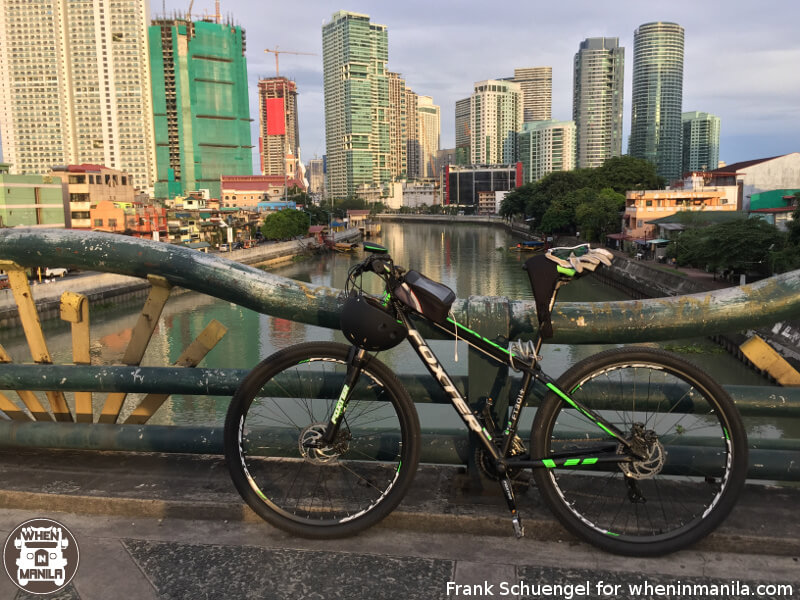
Let’s have a look at some of the challenges and possible solutions when it comes to cycling to work:
Parking
Despite the fact that bicycles are pretty small and don’t take up much space, finding a parking space can be tricky. Leaving it out on the street may lead to over-zealous guards being unhappy or lock-cutting bike thieves being successful, both scenarios you can do without. This leaves the other option of parking in the office car park, but often building admins – for reasons that seem to defy any logic – are not allowing bicycles to park in their buildings, while at the same time being more than happy to accommodate huge space-hugging SUVs and other vehicles. In these situations, it would really help if for example the HR department of a company – with the support of management – could ask about a solution, making it clear that this is for the benefit of employees. This way, it’s the company and not a single individual asking for it, giving the endeavor a better chance of success. Installing a bike rack really isn’t difficult or expensive.
Climate & Getting Changed
One of the main reasons why people don’t like to cycle to work is the climate here. Anything more than thirty seconds of exercise outside and you’ll be sweating like a snowman in a sauna. This means being able to get changed when you arrive at work is pretty much essential and a big hurdle that must be overcome. The easiest way is to get changed in the company CR, which – while not being exactly glamorous – still gives you an opportunity to change into a more presentable shape before hitting the office. You can bring your work clothes in a backpack, together with a towel and deodorant, or store it at work beforehand. Here it would again be really good if a whole group of people approached HR or the general management and asked for more support for people wishing to cycle to work. The main reason there are not more offices with showers and changing room facilities is that people haven’t asked for it yet. Even if a fully blown shower setup isn’t an option at first, maybe there are other things the company can help with, such as lockers for personal belongings.
Even if cycling to work is not an option for you because you can’t get changed, cycling home from work might be. For this, a folding bicycle that you can take into a taxi might work. Travel to work as normal in the morning, cycle back in the evening when it doesn’t really matter if you arrive all sweaty and exhausted. Or if it rains at night, simply chuck the bike into another taxi and head home, ready to try another day. This way, you can at least beat the traffic and save the cab fare on some occasions.
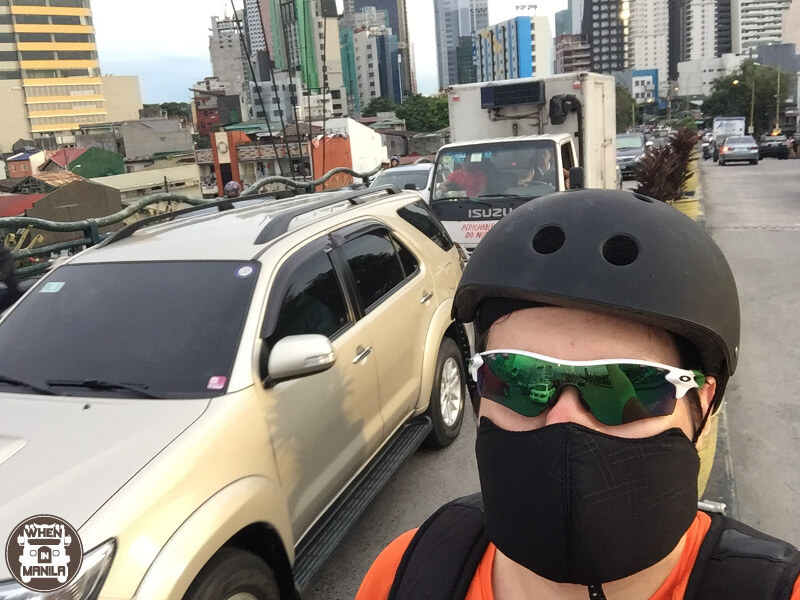
Riding
Another reason that leads to people choosing a car over a bike is road safety, or better concerns about the lack of it. Having ridden over 10,000 kilometers on roads all across Metro Manila (and learned a lot while dong it), I can honestly say it’s not as bad out there as it looks. Especially if you are planning to travel during rush hour times, average traffic speed is often very low, greatly reducing your risk of ending up as a hood ornament of a passing car, but at the same time making it easier to pass through traffic with a smug smile on your face.
The best tips I can give you are to plan your route ahead of time and to do a dry run on a weekend, just to see how long it will take you and what the best route is (and if you really want to do it). Because you are on two wheels, a lot more options are open to you when it comes to what route you can take, but some roads are also off limits – cycling on EDSA, for example, would be asking for trouble. Also, if cycling to and from work is suitable for you depends on the distance you have to cover and your general fitness levels. If you haven’t cycled in a while, then maybe start cycling outside of the daily commute first, so you build up some stamina and don’t arrive at work looking like a disheveled traveler who has just crossed a desert.
Equipment
As far as equipment is concerned, a very basic setup will do and there is no need for a high tech bike or expensive gadgets. Any cheap bike will do and if it has a narrow handlebar to better fit through traffic, it’s a bonus. Having splash shields and proper lights (especially rear flashing lights to ensure you’re being seen) also helps. My current China-made steel horse cost a grand total of P7k and paid for itself in less than two months due to the cab fares I saved. If you want some more flexibility, get a folding bike that you can transport in a taxi if the weather is turning against you during the day. As far as you the rider is cornered, the key piece of equipment is a helmet. Please never, ever ride without. I’ve only had two noteworthy crashes on Manila’s roads over the last few years and on both occasions did I walk away almost unscathed thanks to my bike helmet. Additionally, get some gloves and sunglasses (any cheap ones will do – this is mostly about protecting your eyes from dust and debris). A face mask is also an option, whereby one that actually filters pollutants out would obviously be best.
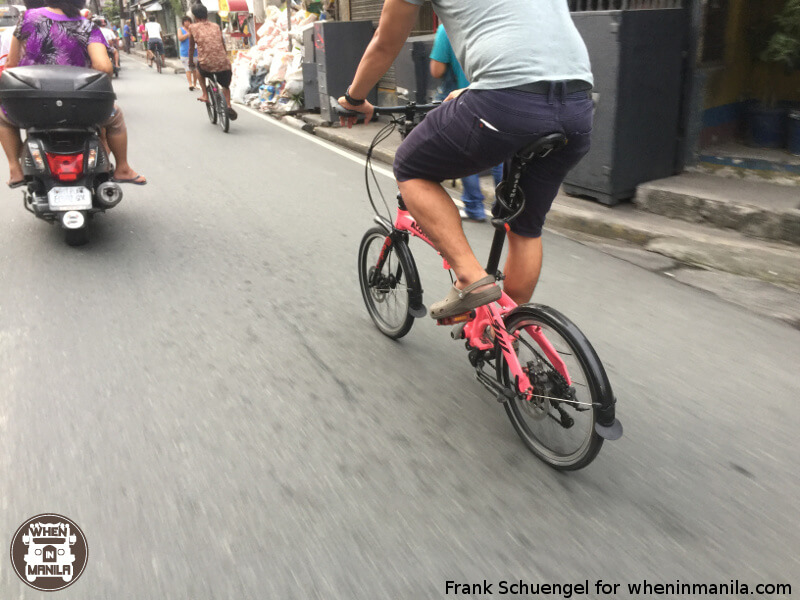
Benefits
In case you are still wondering why you should try and get to work with pedal power, three quick benefits I can think of are:
It gets you moving: It is generally recommended to do 30 minutes of exercise every day. By cycling to work and back, you are almost guaranteed to fulfill that recommendation. Especially if you are a bit of a couch potato, cycling every day will increase your fitness levels greatly.
It’s cheaper: The average ride in a Grab or Uber will cost at least P100, which means going to work and back five times a week will cost you a minimum of P1000, or P4000 a month, and many commuters will pay even more due to surge pricing during rush hour periods. Riding your bicycle costs you the grand sum of zero, and even if you have to buy a bike first, chances are you will still end up saving money from the first month onward as long as you buy a cheap one.
It beats traffic: this is the biggest reason, really. You stop caring about traffic levels. Payday Friday traffic? Don’t worry about it. Holiday season carmageddon? Not a problem! My commute takes the same amount of time every day, no matter how crazy things are on the roads. After a while you really stop caring about traffic and you start wondering why you ever put up with it in the first place.
My final point is: I know that cycling to work isn’t an option for everyone, but promoting it as a possibility is worth a shot. Even if only ten people read this and decide to try it, that’s at least 20 less car journeys every day.
Why not share this with your colleagues and see who else would be interested in cycling to work? Then approach your HR and Admin departments together to see if they can help by assisting with the provision of bike parking spaces at your office, and by helping with facilities to get changed or space to store your work clothes. At the start this will likely be rudimentary, as any bigger changes require not only money but also building permits and tons of paperwork, but we really have to start somewhere. Once a few people cycle, more will likely join when they see that it doesn’t kill you and is indeed a viable option when it comes to the daily commute. The more people join, the fewer cars will be on the road. It’s a win-win calculation.
Let us know your thoughts in the comments. We would love to hear from companies that are supporting a cycling workforce!

